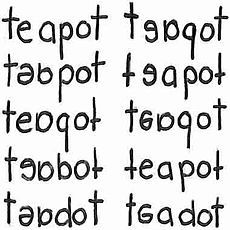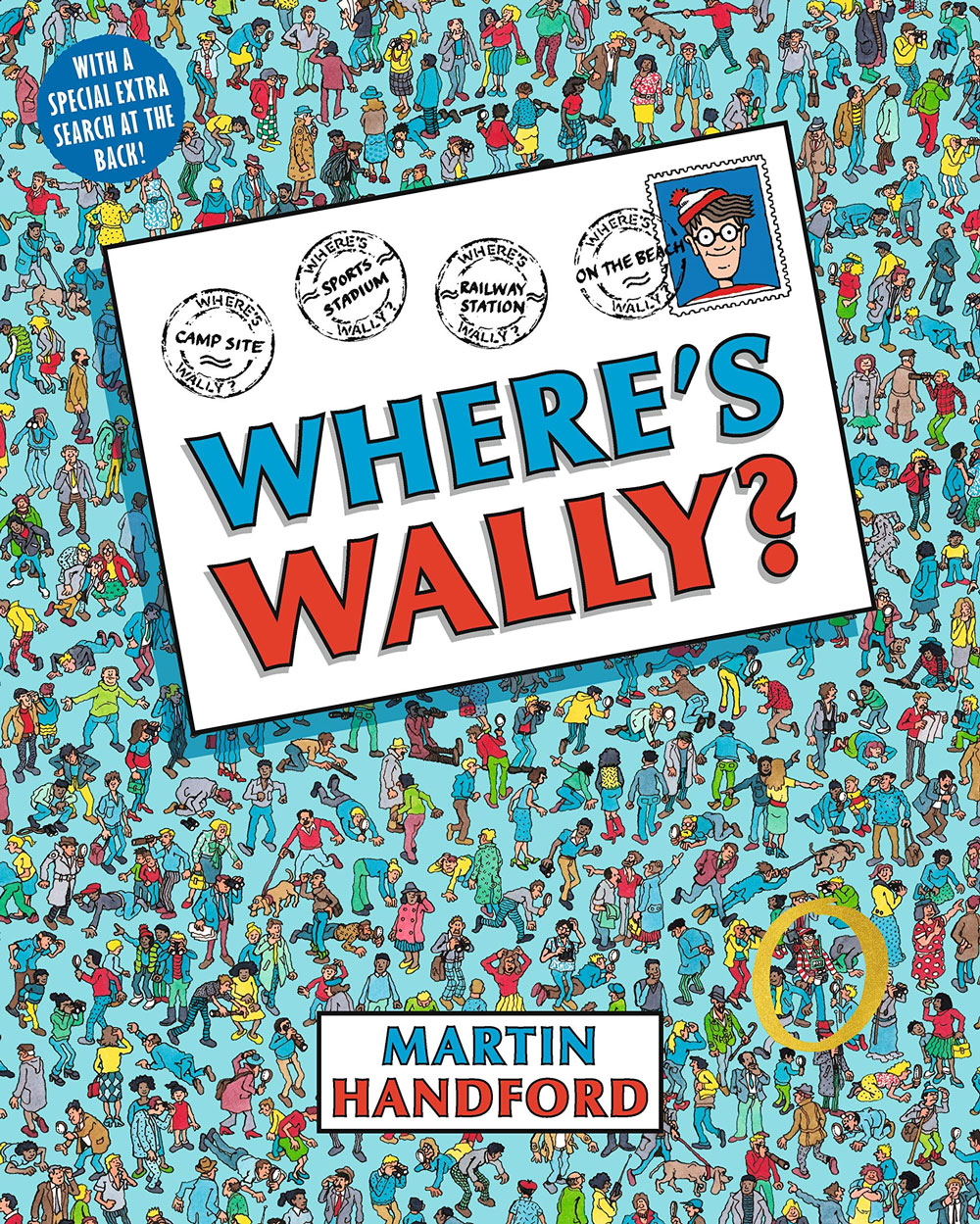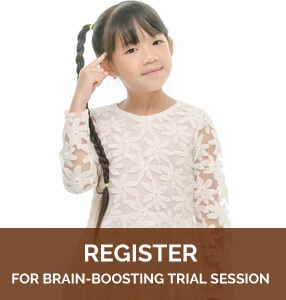
Visual skills are important as it can affect an individual’s ability to excel in reading, learning, sports, and in day-to-day activities. We will be touching on one component: Visual Discrimination.
Visual discrimination is a component of visual skills. It is the ability of the individual to distinguish and identify subtle differences, be it in words, shapes, size or patterns or colours. Another easier explanation is how attentive an individual is to details.
If you have been to the arcade before, you might have notice the small machines by the sides. Many of these machines offer a variety of games, from poker to cooking games or perhaps something we all grew up with.

Spot the Difference
This phrase probably rings a bell for many parents and it is probably one of the more addictive games that we have engaged in at an earlier age. Have you had a game of spot the difference before? On your Ipad, tablet, phone or perhaps at the arcade? Well is it just a game or is there more to it?
Well how is this relevant?
Spot the Difference is actually just an easy description for the activity, but did you know,
that it is a game that can actually train your visual skills?
An individual with visual discrimination problems has difficulty noticing the differences/similarities in words, letters, pictures, forms and/or other objects. How does it affect individuals? Well visual discrimination is one of the core foundation components in visual skills that affects learning. A child might not be able perceive the difference between words, and in turn this will affect their reading, writing and spelling skills (Zachry, 2011).

Photo Credits: The First Grade Parade
Others areas where a child may struggle due to visual discrimination, is in matching clothing, socks or perhaps utensils. The child may also struggle to distinguish between different currencies.
More often than not, a child weaker in visual discrimination would face challenges distinguishing between some common alphabets:
< b VS d >
< b VS p >
< 5 VS S >
This would normally be highlighted in their handwriting, which may display reversals or perhaps omission and additions in reading.

Parent may interpret this as carelessness or lack of attentiveness from the child. It is common that parents convey ‘Be more careful.’ & ‘You are not paying attention.’ But what parents do not know is, how can they help their child with in a practical manner. There are many worksheets or activities available on the Internet, but what most parents lack is not the materials but the time to do the necessary training with their children.
Some examples of commonly misspelled words:
Our VS Your
Ever VS Every
Though VS Through
Have you noticed your child misspelling words frequently? Perhaps it is time to take a second look on whether it is a one-off error or a repeating mistake. While it may not be a matter for parents to panic over, it is a skill that can impact a child’s learning.
Here’s a Spot the Difference Game that your child can try:

https://guillermomolinacordero.com/blog/blog/spot-differences-answers-astronauts/
Instead of compelling a child to complete an activity, try to make learning fun so that children will be more inclined to try.
Another fun book that most children would enjoy is ‘Find Wally’ where children have to distinguish between many similar looking characters to find the one true Wally.

https://www.amazon.in/Wheres-Wally-Martin-Handford/dp/1406305898
ThinkersBox offer customized training for cognitive skills and visual discrimination falls under one of the categories. Do contact us if you are interested in joining a complimentary profiling session!







